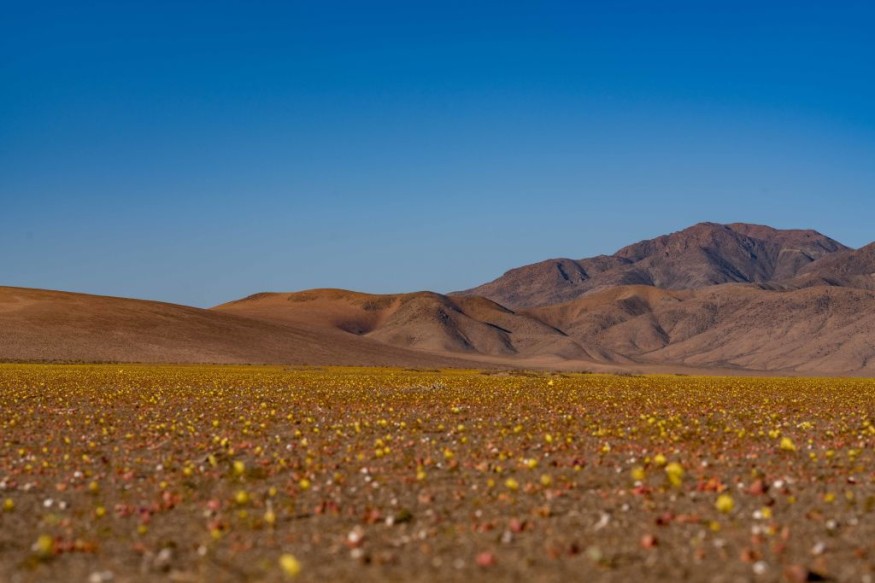
The largest quake in history triggered a tsunami that struck northern Chile 3,800 years ago and had brought severe devastation to coastal populations that it took 1,000 years for humans to return to shore.
According to scientists, the ancient "super-quake" had a magnitude of about 9.5, so powerful that it led to a tsunami throwing boulders hundreds of meters into New Zealand - an entire ocean away. The Atacama super-quake that washed sea life ashore into the higher stretches of Chile's Atacama Desert was said to have sent humans into hiding for 1,000 years, according to ScienceAlert.
"We found evidence of marine sediments and a lot of beasties that would have been living quietly in the sea before being thrown inland," says geologist and tsunami specialist James Goff from the University of New South Wales, Australia, referring to the uplifted land structures, aka "littoral deposits" and samples of marine rocks, shells, and sea life washed far ashore by tsunami waves.
As per the University of Southampton, the ancient earthquake was as powerful as the biggest ever recorded.
An Event of that Size in the North of the Country
The most powerful earthquake on record happened in 1960 in Southern Chile, known as the Valdivia earthquake, a phenomenon that created a seismic backlash so strong that resulted to tsunamis in southern Chile, Hawaii, Japan, the Philippines, eastern New Zealand, southeast Australia, and the Aleutian Islands.
Scientists discovered that a thousand years back, a similar tectonic tension led to an equally diabolical yet undocumented precursor in the north of the country, which had not been previously thought "simply because you could not get a long enough rupture," explained Professor Goff. "But we have now found evidence of a rupture that's about one thousand kilometers long just off the Atacama Desert coast and that is massive," he continued.
Using radiocarbon dating, researchers investigated the deposit sites which suggest that the tectonic event generated a major tsunamigenic earthquake that severely affected prehistoric hunter-gatherer-fisher communities 3800 years ago, and triggered social disruption at a regional scale, the authors wrote in the study published in Science Advances.
Also read : Scientists Find Dinosaur Fossil that May Have Been Killed by Extinction Asteroid 66 Million Years Ago
Effects of Major Seismic Gaps of the Planet
The event that wreaked havoc and caused an exceptional social disruption to the area which remained uninhabited for the next 1000 years left people there with nothing, says Goff. "Our archaeological work found that a huge social upheaval followed as communities moved inland beyond the reach of tsunamis."
As time passed, the people had forgotten and moved on, eventually making their way back to the ocean. The abandonment was perhaps a resilience strategy developed by hunter-gatherer societies as a response to socio-natural disasters, and "consequences seem to wane over the passage of time."
These findings serve as a lesson in case catastrophic events happen in the future, providing better understanding on the variability, social effects, and human responses favoring resilience to disasters that affect human societies.
Related article : Cave in Bulgaria Revealed New Information on Migration of Ancient Humans
© 2025 NatureWorldNews.com All rights reserved. Do not reproduce without permission.





